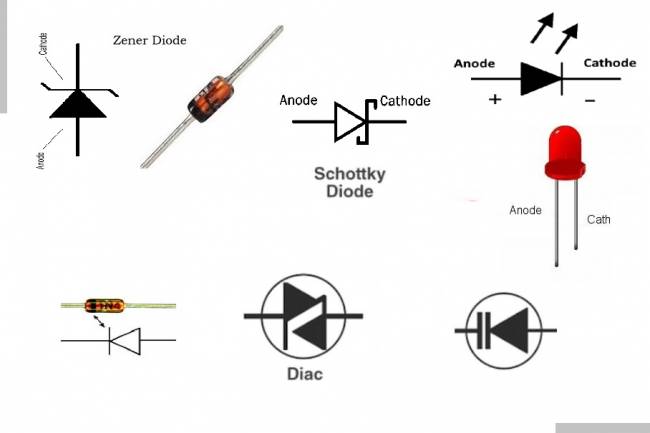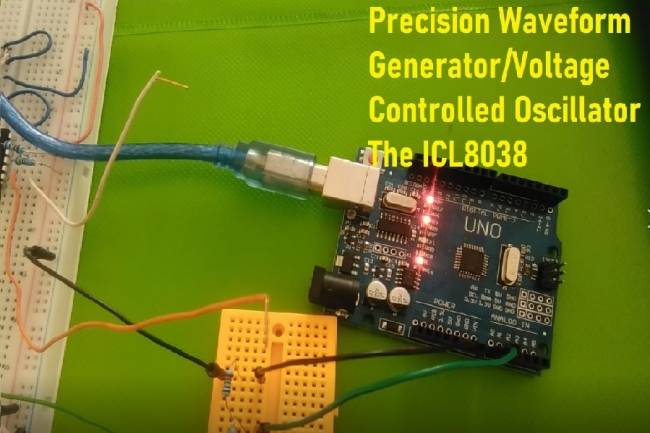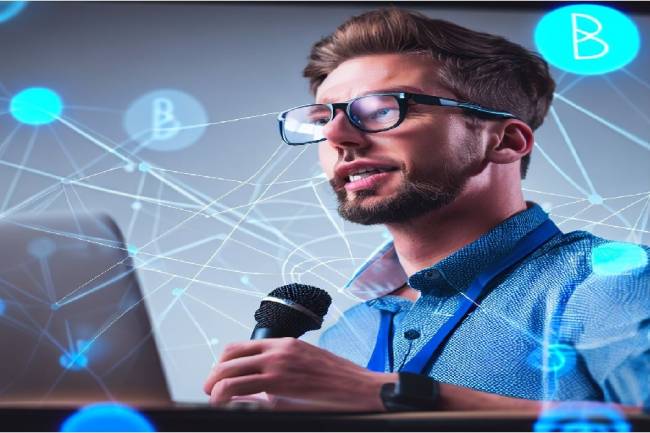
Comparison of 4G and 5G Technical Structures
Effect of 5G on Industrial Changes
Mobile communication technology has undergone rapid evolution in recent years. Wireless communication technologies such as 4G (4th Generation) and 5G (5th Generation) play an important role in this change. In this article, we will compare the technical structures of 4G and 5G and examine how 5G can lead to changes in industrial sectors.
Technical Comparison
1.1. Speed and Bandwidth While 4G networks offer data transmission at speeds of 100 Mbps to 1 Gbps, 5G has the theoretical potential to reach speeds of 10 Gbps. This means 5G provides much higher bandwidth, resulting in faster data transmission and lower latencies.
1.2. Low Latencies While 4G networks offer latency times of approximately 30-50 ms, 5G has the ability to reduce this time to below 1 ms. This is a huge advantage for real-time applications and services, especially in autonomous vehicles, virtual reality and medical telesurgery.
1.3. Device Connections While 4G can support a limited number of devices at the same time, 5G allows millions of devices to be connected simultaneously. This is critical for applications with large-scale connectivity requirements, such as the Internet of Things (IoT) and smart cities.
Part 2: Impact of 5G on Industrial Changes
2.1. Smart Manufacturing 5G is an ideal technology to support industrial automation and smart manufacturing. Low latencies allow robots to be controlled in real time, and IoT devices make manufacturing processes more efficient.
2.2. Healthcare 5G could lead to major changes in the healthcare industry. High-speed data transfer enables the development of innovative applications such as remote patient monitoring and telesurgery. This allows patients to access better healthcare and healthcare professionals to make faster and more accurate diagnoses.
2.3. Transportation and Logistics Autonomous vehicles can operate more safely and effectively with 5G technology. Vehicles have access to high-resolution maps and real-time data streams, which can reduce traffic accidents and optimize logistics processes.
2.4. Education 5G can make distance education more interactive and accessible. Low latencies allow virtual classrooms to be more real-time and interactive, while broad bandwidth helps deliver high-quality video and educational materials.
4G and 5G represent a significant evolution of wireless communications technologies. 5G's ability to deliver higher speeds, lower latencies, and expanded connection capacity could lead to major changes in industrial sectors. The potential of 5G can have a huge impact in many areas such as smart manufacturing, healthcare, transportation and education. Therefore, it is important for industries to embrace 5G and seize the opportunities brought by this technology.
Information note :
Significant differences in frequency and modulation type between 4G and 5G
1. Frequency Range:
4G: 4G specifically uses frequency bands such as 700 MHz, 800 MHz, 1800 MHz, 2.1 GHz and 2.6 GHz. These are generally lower frequencies and provide longer communication range.
5G: 5G uses a much wider range of frequencies, resulting in faster speeds and lower latency. 5G ranges from sub-6 GHz bands (sub-6 GHz) to very high frequency bands such as 24 GHz and above (mmWave).
2. Modulation Type:
4G: 4G generally uses modulation types such as QPSK (Quadrature Phase Shift Keying) and 16QAM (16 Quadrature Amplitude Modulation). These modulation types provide a certain speed and data capacity.
5G: 5G uses more complex types of modulation to support faster speeds and larger data capacity, specifically 256QAM and 1024QAM. It also uses OFDM (Orthogonal Frequency Division Multiplexing) and more MIMO (Multiple Input Multiple Output), making data transmission more effective.
5G's higher frequencies and advanced modulation techniques enable greater data capacity and lower latencies, enabling faster and more reliable wireless communications. This makes 5G technology available for more applications and industries.
An article for Other Modulation Types:





























